The archaeology of Bahrain was introduced to FRAG by Michael Olney. Bahrain is a small island 32 miles long by 11 miles wide but it has been at the centre of world trade and civilisation for millennia.
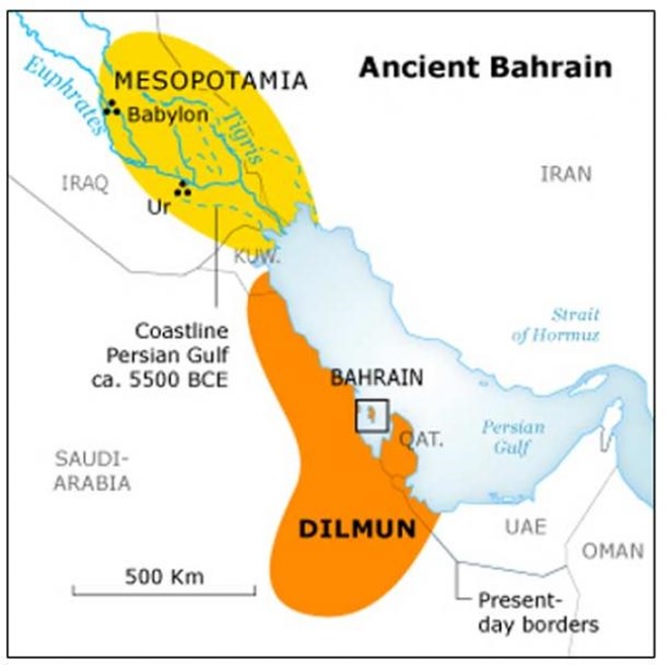
In ancient times the island was an oasis of fertility within a mainly desolate region. This could have given rise to a legend that Bahrain might even have been the biblical Garden of Eden.
Most of Bahrain is low-lying and barren desert but a fertile strip of land in the north has many freshwater springs. There, Qal’at al-Bahrain is an exceptional example of unbroken occupation over a period of almost 4500 years.
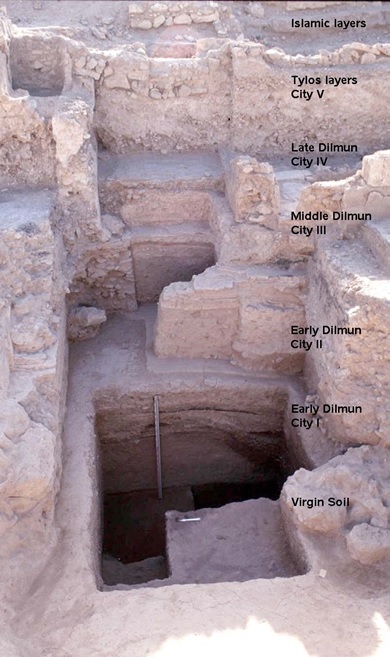
Within Bahrain’s interior there are 175-350,000 burial mounds. The earliest date to 2700 BC at Medinet Hamad, an extension of the A’ali cemetery.
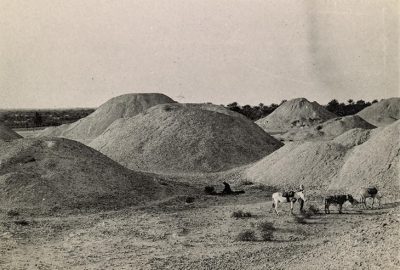
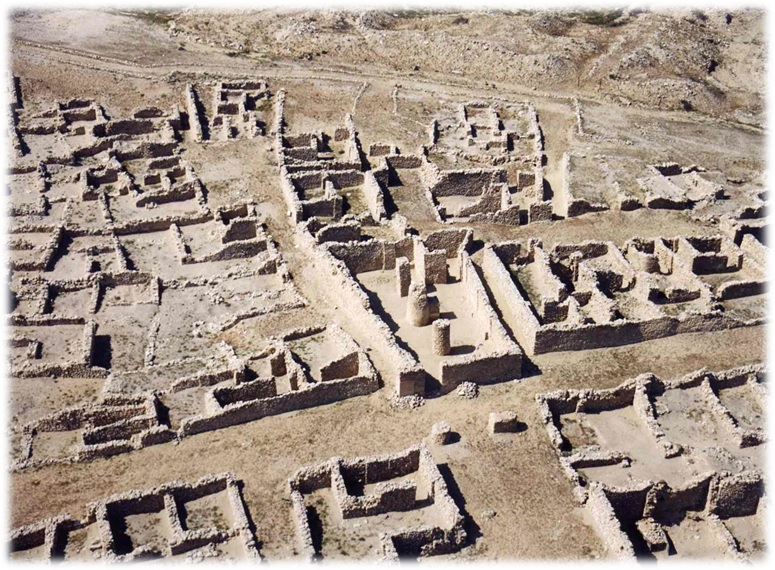
The Sumerians, and the later Babylonians and Assyrians wrote down stories of creation and a paradise land called Dilmun. Elements of these stories seem to have become incorporated into old testament stories like the Garden of Eden and The Flood.
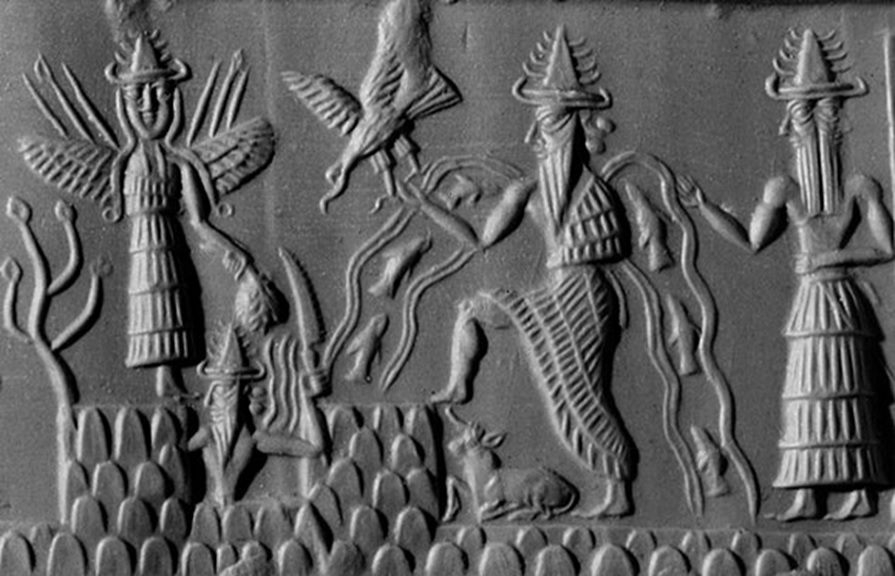
Archaeological evidence from Mesopotamia, the Arabian Gulf, and the Indus Valley point to Dilmun as a major trading centre on the eastern Saudi Arabian coast. Michael suggests that, just possibly, paradise has been found on Bahrain!
He has kindly made his presentation available to publish online:
(7MB download).



